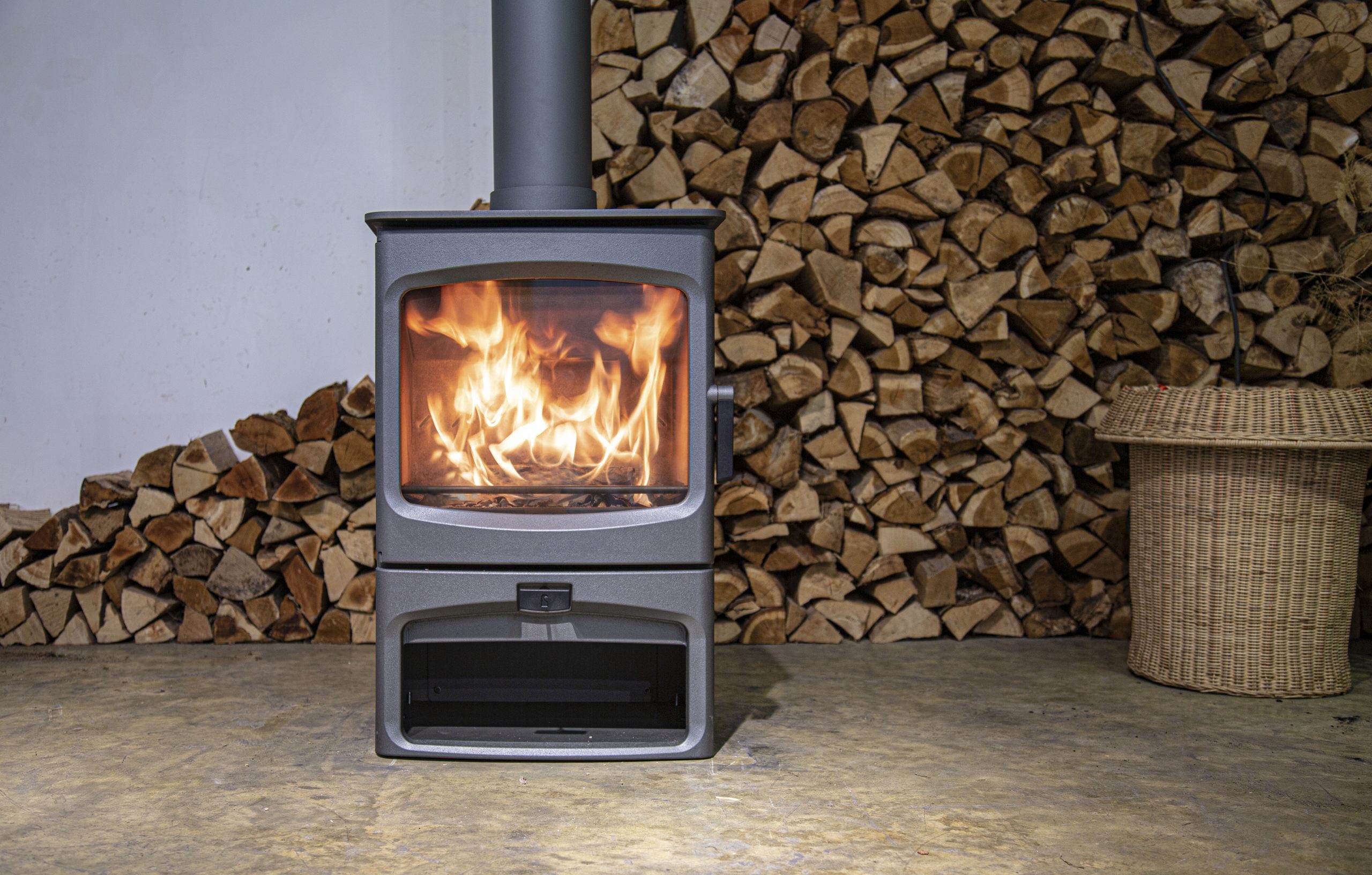We have been eagerly anticipating the updated figures for PM 2.5 emissions from ‘domestic burning’ as we knew this should go a long way to settling the debate that has been raging on socials and in the wider media this winter. The reason all eyes are on this data is because it reflects a period of emissions that coincided with record stove sales. Therefore, if anti-wood-burning campaigners were right then a significant increase in PM2.5 should, logically, be observed. However, as reported by the SIA, Defra have finally released their figures and it is official: PM2.5 from domestic burning has DECREASED despite record wood-burning stove sales over the same period.
The release of the latest air pollution data by Defra shows an 18% reduction in PM2.5 emissions nationally between 2012 and 2022.
Particulate emissions from “domestic combustion” fell between 2021 and 2022 with a 3.9% reduction in PM10 and a 4% reduction in PM2.5 from “domestic combustion”. The latest data also shows that PM2.5 emissions from the domestic use of wood fuel specifically fell by 2.7%.
Chair of the SIA, Andy Hill, commented:
“SIA members reported annual sales of over 200k units in 2022, a 40% increase on 2021. This increase was driven by several factors including spiralling energy prices and increasing consumer apprehension regarding grid reliability. What is clear from the latest data is that, despite an increase in stove sales, domestic emissions have come down. This points clearly and conclusively to the improvement in air quality that can be achieved by replacing open fires and older stove models with modern, Ecodesign design compliant stoves such as clearSkies certified appliances.”
“The SIA looks forward to being able to apportion the numbers more accurately once the NAEI publishes the detailed source and activity name data that drives the top-level figures released by Defra. Last year this clearly showed that PM2.5 emissions from Ecodesign stoves burning dry wood fuel accounted for less than 0.1% of the UK total.”
_________
We are delighted this data finally confirms what we have been trying to communicate about the benefits offered by modern wood burning stoves. But rest assured, it is our full intention to go even further in reducing emissions. Through further investment and technological advances and extending our hand to those across the aisle to collaborate.
In one of our most recent blogs, we called upon those seeking to ban wood-burning to open constructive dialogue so that we can potentially work together to make even greater progress reducing emissions. The data is conclusive, and it’s time to come together and focus on the pragmatic changes that will move the needle further in the right direction.
Please read more here: Shared Goals, Cleaner Air: Reimagining The Wood Burning Debate With Healthy Dialogue & Believing The Best In Each Other

